#Etruscan And Roman Treasure Trove Unearthed In San Casciano dei Bagni
Explore tagged Tumblr posts
Text
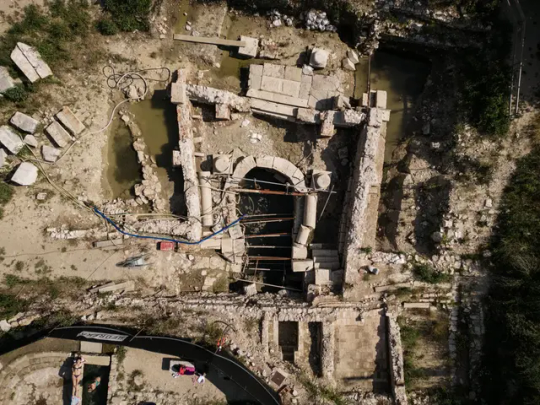

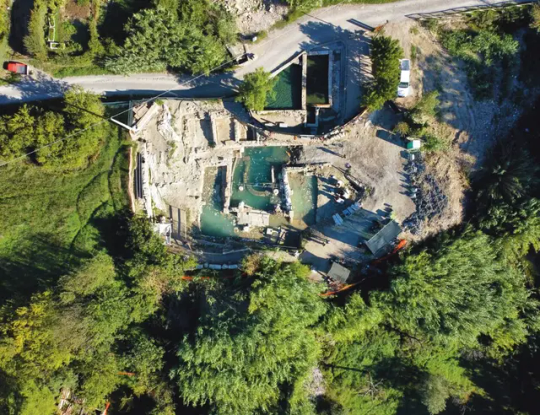
These Bronze Statues Reveal Ancient Healing Rituals
Discovered in a dig at a thermal spring in Tuscany, Italy, the well-preserved items offer a glimpse into medical practices from the Etruscan and Roman eras.
An exhibition that opened Friday at Rome’s Quirinal Palace could be described as a classic rags-to-riches story.
Just ten months ago, many of the bronze statues now on show there — artfully spotlighted and captioned — were submerged in layers of thick mud in what had been a sacred pool of thermo-mineral water roughly halfway between Florence and Rome.
Their rediscovery last fall during an ongoing archaeological excavation in a field just below the Tuscan town of San Casciano dei Bagni made headlines around the world, propelling the bronzes — via a stint in Italy’s main restoration institute — to the rare honor of being exhibited at the presidential palace.
“It’s an extraordinary discovery,” Luigi La Rocca, the culture ministry official responsible for archaeology, fine arts and landscape, told reporters at the palace on Thursday, praising the variety of the bronzes, their quality and their high degree of conservation.
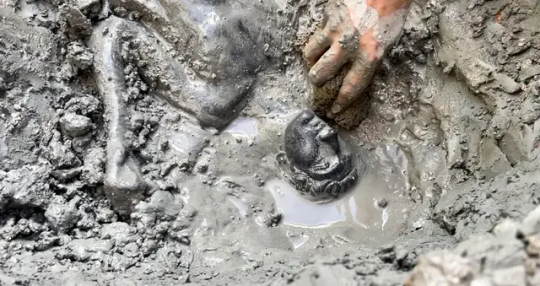
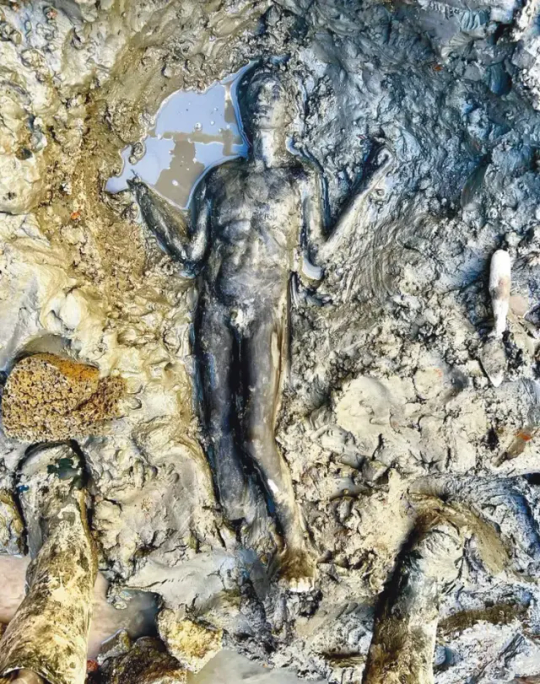
The artifacts — mostly dating from the second century B.C. to the first century A.D. — were votive offerings collected in the sacred pool of the so-called Bagno Grande, or “large bath,” part of a sanctuary that was in use in various forms for more than 700 years.
Lightning struck the building around the first century A.D., and following the Etruscan tradition of burying objects struck by lightning in a sacred place, the statues and other artifacts were concealed under a layer of terra-cotta tiles along with a bronze thunderbolt, a ritual called “fulgur conditum.”
Successive votive offerings, mostly bronze coins and plants, were deposited until Christianity became the official religion of the Roman Empire in the fourth century A.D. Then, the sanctuary was dismantled, and its offerings were buried once again, which contributed to their remarkable conservation.
The dig that uncovered them began in 2019, but it was only in 2020 that the first artifacts — inscriptions, altars and small bronzes — began to emerge. Last year, the archaeologists dug further down into the sacred pool.
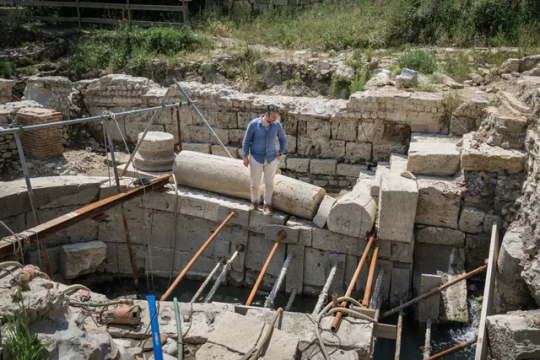
“We thought there could be something here, but nothing like what we found,” said Emanuele Mariotti, the director of the excavation, on a recent hot afternoon as he surveyed the site. “It was like a time capsule waiting to be opened,” he added.
The finds offer insights on ancient medical practices. The waters were considered curative by “Etruscans, Romans, Christians and Pagans,” Mariotti said. “This was a place of healing, meeting of cultures and medical knowledge.”
Many of the bronzes had inscriptions from the territory of Perugia, about 70 kilometers northeast of San Casciano, a considerable distance to travel more than 2,000 years ago. This shows “how complex and nuanced” cultural interaction was at the time, added Jacopo Tabolli, the scientific director of the dig and co-curator of the Quirinal show.
“Gods changed, but the water remained the same,” he added.


Some of the bronzes are still being restored, but many made it to the Quirinal for the exhibition. In one room, bronzes of arms, feet, ears and other body parts are on display, reflecting the various ailments that were treated at the thermal baths.
“These are unique,” Mariotti said, stopping in front of two bronze plaques showing what he said was a “very accurate” depiction of internal organs. Similar terra-cotta examples existed, he said, but bronze versions were hitherto unknown.
Other statues represented gods and goddesses, but also men, women and small children, wrapped in swaddling cloths. Some were sickly and in need of healing. Others appeared to have benefited from the cures.
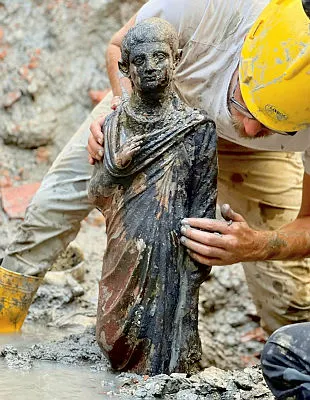

The thermal springs are still used today for their therapeutic properties, both in the public baths near the archaeological site and at a private resort.
For San Casciano dei Bagni, a picturesque hilltop town, the ancient finds will hopefully bring new economic prospects, especially after the opening of a new museum in the city center.
Earlier this week, at a property deed transfer in Rome attended by various authorities, the culture ministry formally bought a palazzo in San Casciano dei Bagni from local clerics to house the museum (list price 670,000 euros, around $730,000) and Italy’s culture minister, Gennaro Sangiuliano, pledged to contribute “additional resources.”

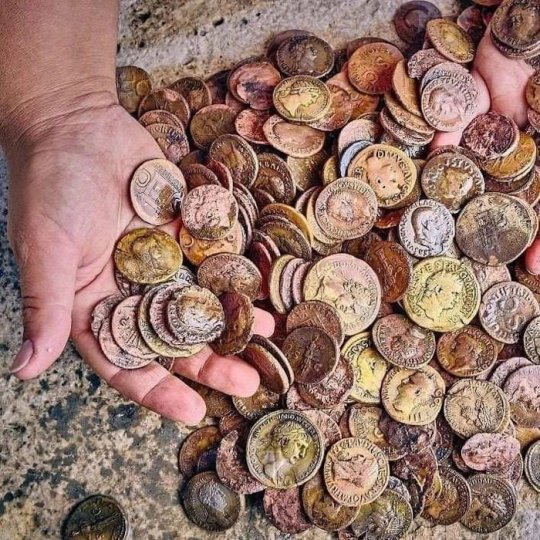

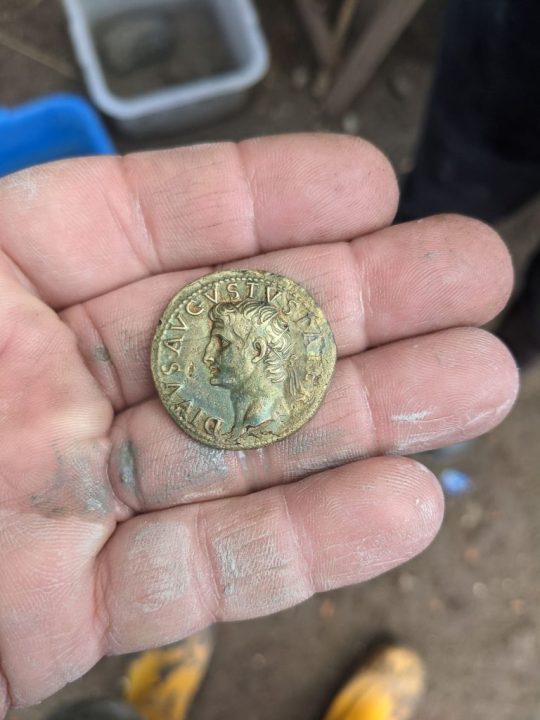

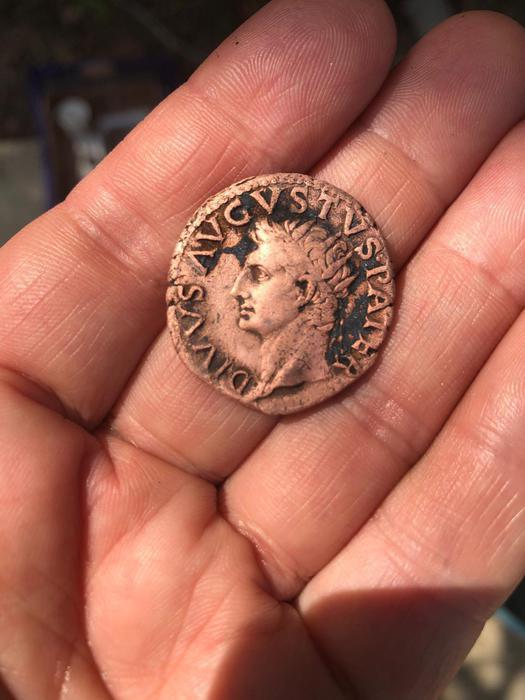
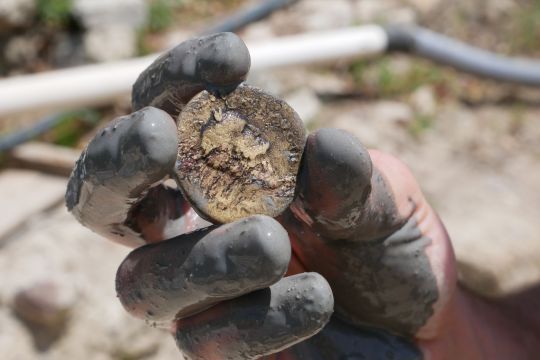
Massimo Osanna, the director of Italy’s state museums said Thursday that he hoped one section of the museum would be ready next year. “I’m an optimist,” he said.
“It’s going to be a tremendous opportunity,” said Agnese Carletti, the town’s mayor. Following on from previous administrations, Carletti’s council championed and funded the local archaeological excavations that led to the finds, offering room and board to archaeology students participating in the summer digs.
A new excavation begins next week, and Tabolli said that it would concentrate on expanding the archaeological site to better understand the context around the sacred pool. “We’ve reconstructed the structure of the sanctuary, but there is still much more to know about the overall site which must have been monumental,” he said.
Osanna said that more surprises could be in store. “We don’t know what else the sanctuary has to offer,” he said.
By Elisabetta Povoledo.
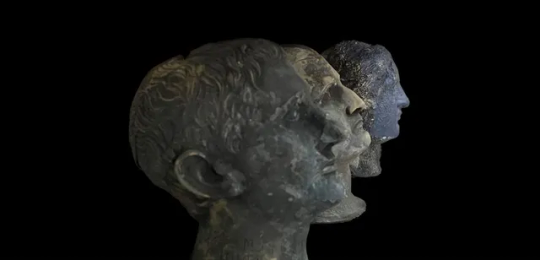
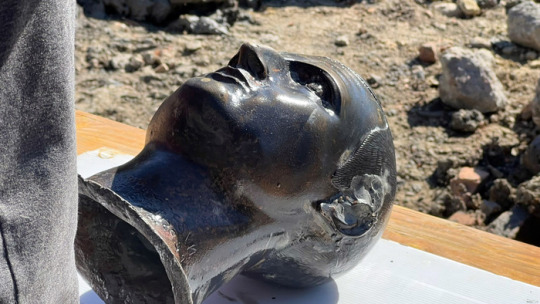

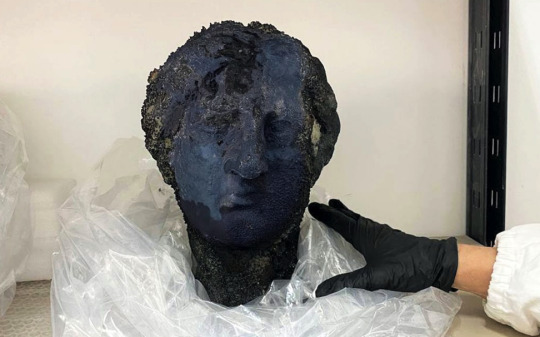
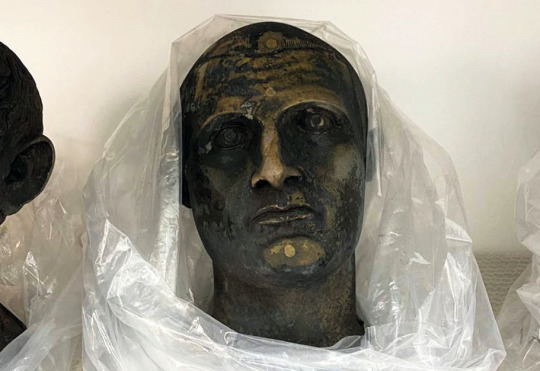
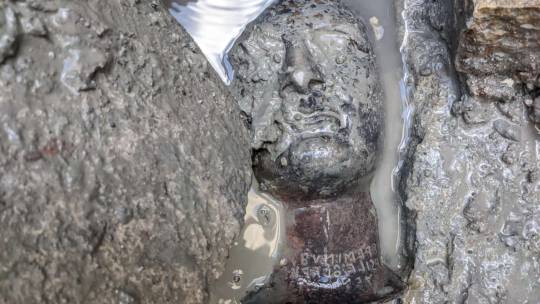
#These Bronze Statues Reveal Ancient Healing Rituals#Etruscan And Roman Treasure Trove Unearthed In San Casciano dei Bagni#bronze#bronze statues#bronze sculpture#roman coins#ancient artifacts#archeology#archeolgst#history#history news#ancient history#ancient culture#ancient civilizations#roman history#roman empire#etruscan history#etruscan art#roman art#ancient art#long reads
130 notes
·
View notes